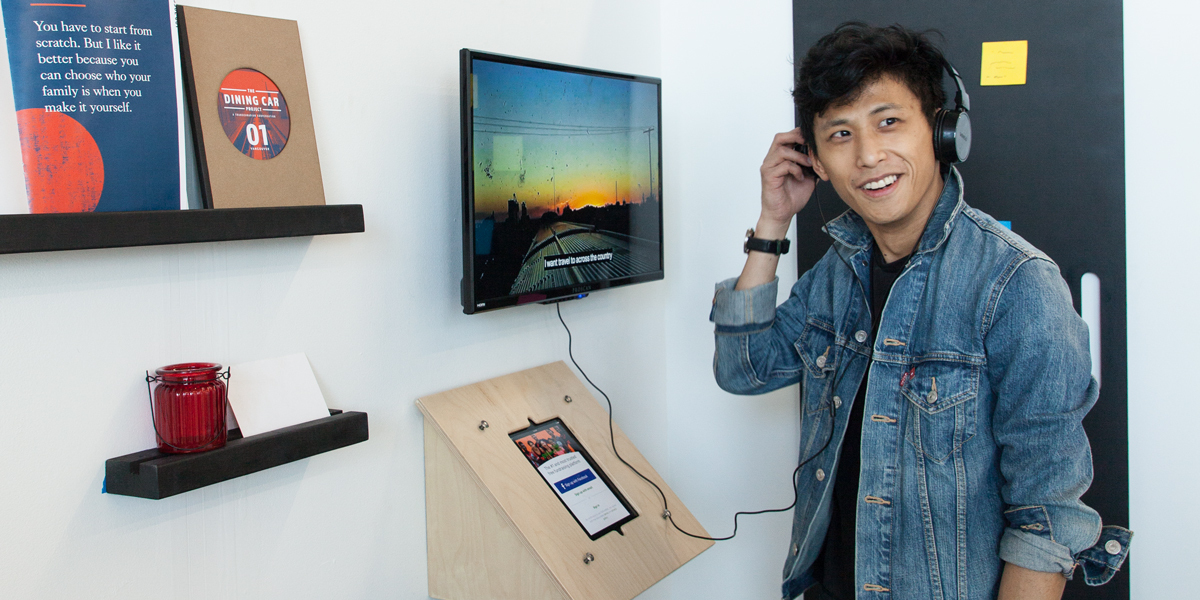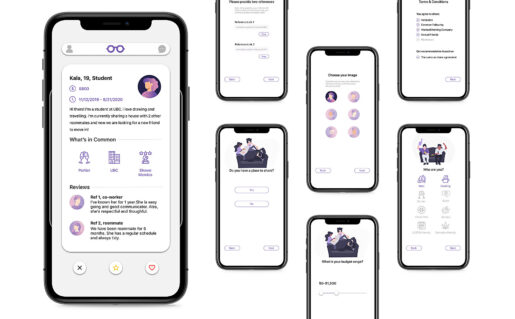What’s the Difference Between UX and UI design?

Posted on | Updated
We decode the slang to help you figure out whether a career in user experience or interaction design is the right path for you.
You’ve heard it before. A website has a “great UI”. The latest update to your phone has “terrible UX”.
The jargon surrounding these design fields can seem like a secret language. Understanding the terminology is the first step to choosing a focus that’s right for you on your path to becoming a UX or UI designer.
What makes UX and UI design different?
UX design typically comes before UI design, but they rely on one another.
What do UX and UI design have in common?
UX and UI designers are both in the business of identifying potential problems and solving them through design.
Both forms of design require an awareness of the user’s needs and a willingness to find creative solutions to the problems that may arise on the user’s path to fulfilling a task.
UX and UI designers share the goal of creating products that fulfil the user’s needs.
A UX designer will sketch out the map a user will follow. Their design process includes improving the interaction between the user and the product, as well as their interaction with the company as a whole. This could be determining the sequence of events required to access your balance in your banking app or the process of buying and receiving a sweatshirt in the mail. How you feel about the entire process is the concern of the UX designer.
A UI designer will take this map and determine the best way to make the user’s mission possible. They need to be concerned with the details of the process, such as whether a round button is easier to click on some devices, or if the text on the page is easily readable on an orange background. UI design is essential to ensure accessibility and inclusivity in product design.
UX stands for user experience.
UX design refers to taking a human-first approach to design. This is most commonly attributed to product design, whether the product is physical, like a bicycle, or digital, like the software on a laptop.
Good UX takes into account a person’s experience from the first point of contact with the product until their last. The design will alleviate pain points—places where the act of using the product may become difficult, such as navigating a big website.
Great UX delights users with the effectiveness of the structures that make up the product. They will make completing tasks feel straightforward and easy.
UI stands for user interface.
UI design refers to taking a human-first approach to designing the experience of a product. UI design takes place at the point of interaction between a person and the digital product or device that they are using.
Good UI takes into consideration the icons and buttons, colours, typography, spacing, imagery, and responsive design elements, like a buzzing sensation when you press a button, to create an attractive experience for users.
Great UI guides a user through the completion of a task in a way that feels intuitive and responds to their inputs in a positive way.
How do I choose between UX and UI design?
Career paths are diverse, including product designer, content strategist, information architect, usability researcher, developer and UX engineer. One good way to find out if a career path might be right for you is to look at the typical duties advertised in job listings for the title you’re curious about.
Remember that the choice doesn’t have to be either/or! You can always take a single course to find out if UI or UX are areas of interest for you.
Looking for more? Check out our current program offerings:
- Learn how to create interactive digital products that people love and want to use with our intensive UX Design Certificate
- Build essential skills required to create dynamic user experiences with our UX/UI Associate Certificate (offered in conjunction with OCAD U Continuing Studies)
- Open up a world of job opportunities when you earn a skills badge with one of our Web + Digital Design Skills courses
Contact us anytime. We’re here to help you achieve your personal and creative success.
Be the first to know about new courses and never miss a deadline — subscribe to the Continuing Studies newsletter today!



